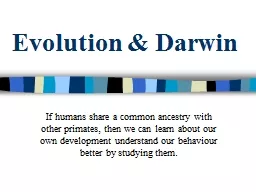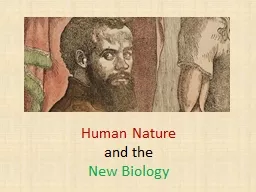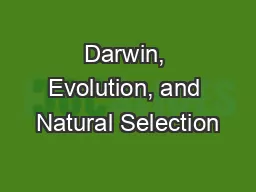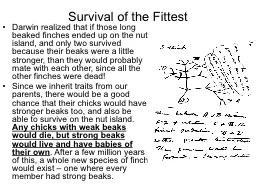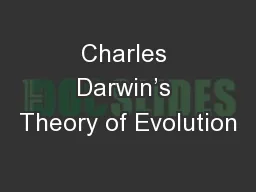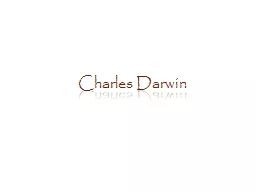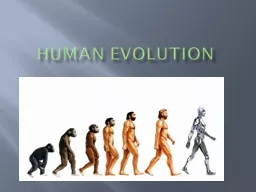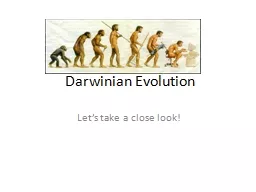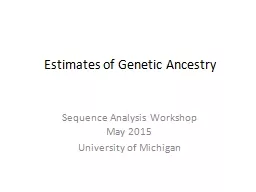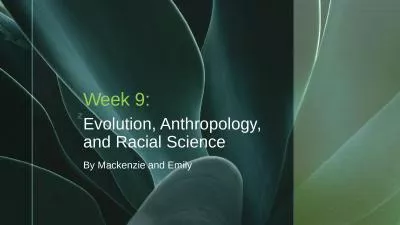PPT-Evolution & Darwin If humans share a common ancestry with other primates, then we
Author : pamella-moone | Published Date : 2018-10-06
Voyage of the HMSBeagle Dates February 12th 1831 Captain Charles Darwin Ship HMS Beagle Destination Voyage around the world Findings evidence to propose a revolutionary
Presentation Embed Code
Download Presentation
Download Presentation The PPT/PDF document "Evolution & Darwin If humans share a..." is the property of its rightful owner. Permission is granted to download and print the materials on this website for personal, non-commercial use only, and to display it on your personal computer provided you do not modify the materials and that you retain all copyright notices contained in the materials. By downloading content from our website, you accept the terms of this agreement.
Evolution & Darwin If humans share a common ancestry with other primates, then we: Transcript
Download Rules Of Document
"Evolution & Darwin If humans share a common ancestry with other primates, then we"The content belongs to its owner. You may download and print it for personal use, without modification, and keep all copyright notices. By downloading, you agree to these terms.
Related Documents

